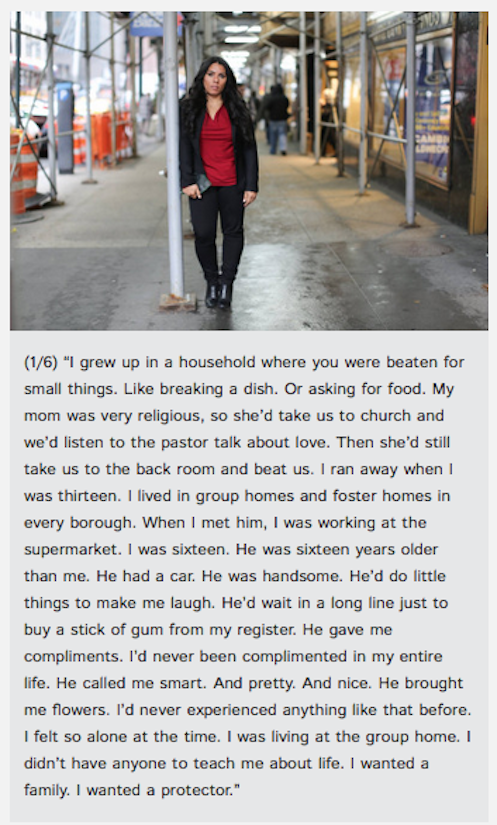For almost as long as storytelling has been around, so has serialization, the process of converting a narrative into easily digestible installments. Both radio and television have often relied on a continuing plot that unfolded, episode by episode. Think of the “Who Shot J. R.?” storyline featured on the TV show, Dallas, and how viewers were kept on the edge of their seats throughout an entire summer.
As a matter of fact, think of practically any modern TV show airing on primetime today. One of my favorites is The Big Bang Theory. Currently on Big Bang, central character and commitment-phobe Sheldon Cooper is living his life after a breakup between him and his girlfriend who he’d secretly wanted to propose to, Amy. Fans eagerly await the reuniting of this academic power couple on an episode by episode basis.
When there’s a story arc, chances are, it’s broken down into pieces. This tried and true formatting works out very well because as human beings, we’re curious creatures. Cliffhangers can make us a bit nervous. We can’t wait to see a story’s conclusion played out, preferably in the form of a resolution.
Indeed, I vividly remember during my years working at a grant making foundation, how an almost palpable anticipation would arise in the office when a new grant proposal from one organization would come through the doors. Excitement so thick that you could cut it with a knife. Our office manager would automatically make five copies because everyone couldn’t wait to read the ‘next installment’ in the series.
This organization’s executive director had mastered the secrets of serialization.
Do you know who else has mastered the art of serialization? Humans of New York (HONY) founder, story curator, and photographer Brandon Stanton. Sometimes one story only takes a few sentences to be told, yet packs a colossal emotional punch. Other stories need to be told in installments in order to be compelling. It really seems to depend on how much each human (or humans) showcased in each respective piece wants to say.
Sometimes, the stories, often involving individuals who are resilient in the face of devastation, end with a light at the end of the tunnel. Sometimes, the endings are bittersweet — not happy in the traditional sense, just as real life is rarely that simple. HONY’s stories inspire hope through words and photographs. I recently got to know a certain stranger, dressed in red and black, through her words and her image. Her voice was strong and resonated with me. Read the first installment of Jessie’s story, and tell me you aren’t compelled to read further. Do you get the feeling that it might veer off into a dark place?
That initial snippet sets the stage and is a perfect example of Stanton’s frequent use of serialization. When used the right way, it accomplishes the feat of keeping your readers on the edge of their seats. It inspires, motivates, and excites them. They’ll want read on and find out how the story ends. This story ends happily, thankfully. But that’s all I’m going to tell you — no spoilers!
Does HONY’s use of serialization help you to see how this technique can work for your organization’s stories? Whether your organization’s mission is rooted in education, giving aid to the homeless, helping animals, providing the underprivileged with health services, championing women’s rights, or something else entirely, using this technique can magnify the powerful effect they can have. I’d advise you not to just read the story told by the woman above, but also take some time to read some of HONY’s other stories, whether one installment or a series of frames. Because since its inception, HONY has been an ongoing portrayal of powerful storytelling at its best.



















 I can’t wait to meet with you personally.
I can’t wait to meet with you personally.
Comments on this entry are closed.